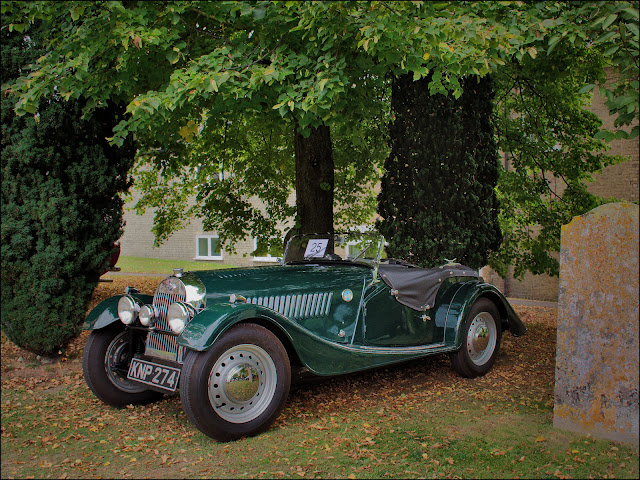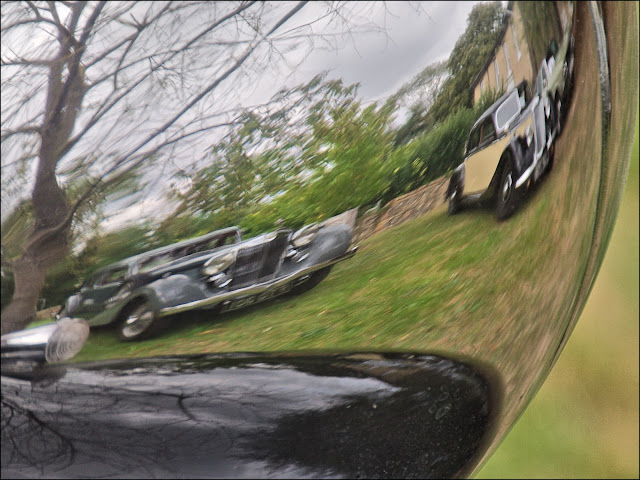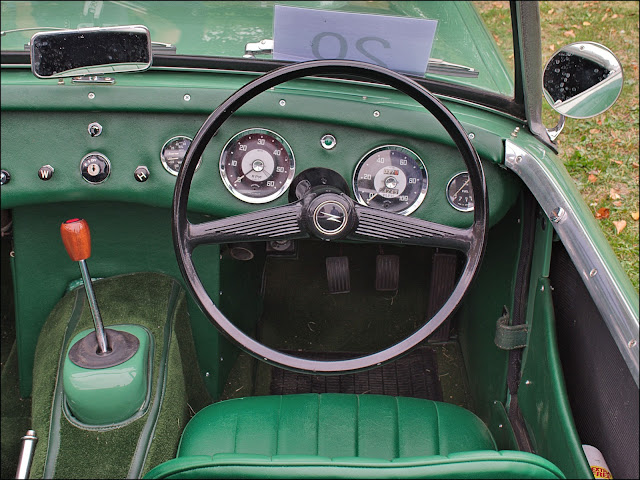It was only a matter of time till I felt compelled to investigate.
Travelling along a busy road amongst the delivery vans and commuters I kept noticing the same road sign. It pointed off down a lane of medieval narrowness, between earthen banks overhung with branches. It soon disappeared out of sight around a bend. What drew my attention was the strange and singular name on the sign; it didn't fit this area, or even this country, at all. In the evening I opened up the lap-top. Despite all their talk of AI and algorithms, sometimes using Google is like being led through a vast museum by an enthusiastic five-year-old. This time we ended up at an oral history site where an elderly Mrs Cissie Pratt claimed that during her childhood they simply called it "Sniplets".
The other side of the sign depicts other aspects of village life, but you'll have to wait to see that, till I've collected some more and can make a collection. Since there were some questions about the signs in a recent post I can tell you that this sign was cast at the foundry of Henry Isaac, now a seller of fireplaces, but whose website still proudly proclaims that they started out at St Ippolyts as agricultural engineers and iron founders. It was designed by a local man, Peter French.
Not far from the church I noticed this striking sixteenth-century building. Up until 1971 it was a pub called The Olive Branch.
There are more attractive houses a little further down the lane.
And if you venture down this little footpath, near the end of the churchyard, you'll soon be rewarded.....
....with views out over the surrounding countryside. Les speculated that this path would once have been taken by people from the big house as they made their way to church, and I can now confirm that he's right.
If scenery is not your thing then you can glance to your left to enjoy the contented munching of a herd of cows.
But you knew I'd have to poke my nose into the church eventually. There's been a church here since 1087, funded by one Judith, the niece of William The Conqueror. However it was much altered over the centuries, especially in the nineteenth.
It's a rather cosy and colourful church which I couldn't help but like immediately. Much of the colour comes from the east window....
It shows the twelve-year-old Jesus (centre) disputing with the learned Doctors (left) while Mary and Joseph (right) look on with some astonishment.
And here's a more modern lectern with again a horse recalling St Hippolytus. Behind it is one of those mysterious faces that are known architecturally as corbel-heads. It's impossible to ever find out any information about who they depict and it's generally assumed that the stonemasons rather improvised these details, so they may be people to do with the church, the masons' family members or indeed the masons themselves. You can meet them, if you like, and decide for yourselves....
But there we must leave them and go outside once more into the sunshine, start the car, then tiptoe back down the winding lane and chance our luck turning out on to the busy A602.
Take care.



























































